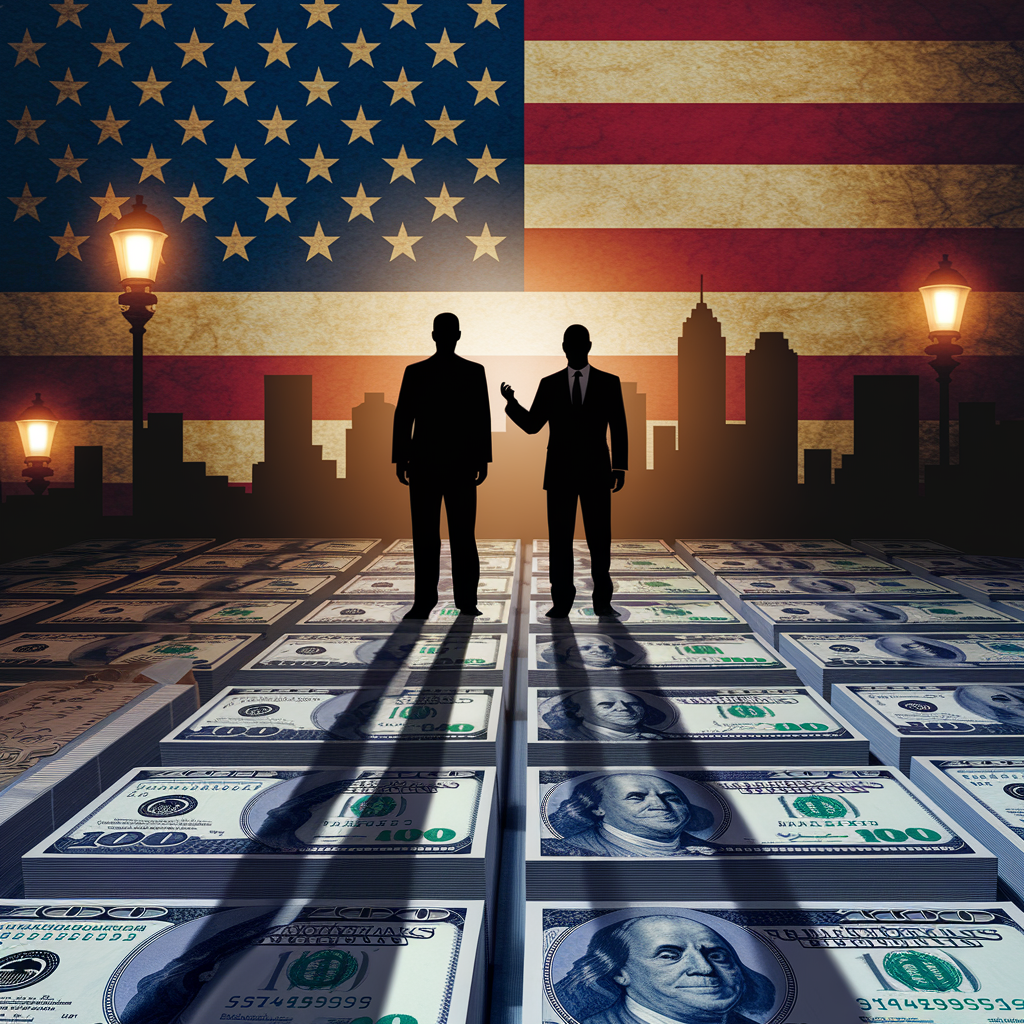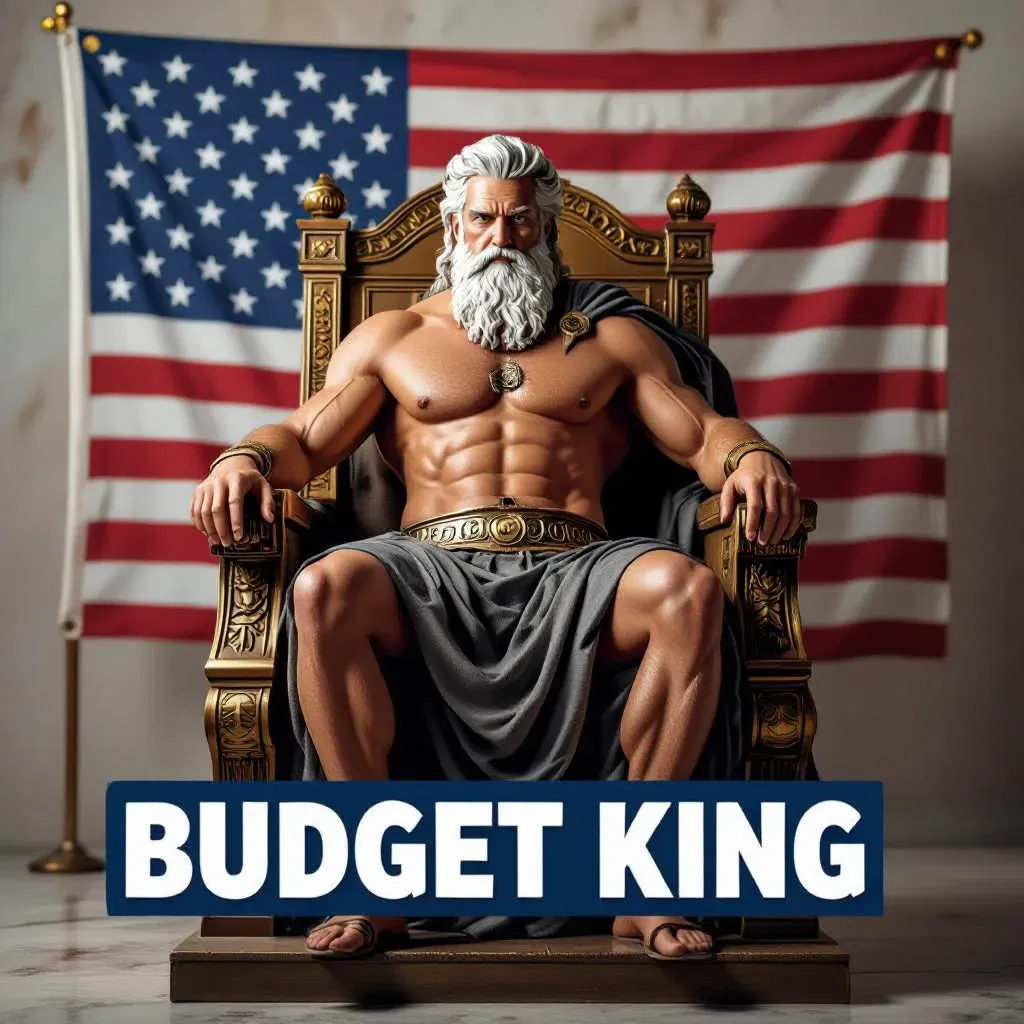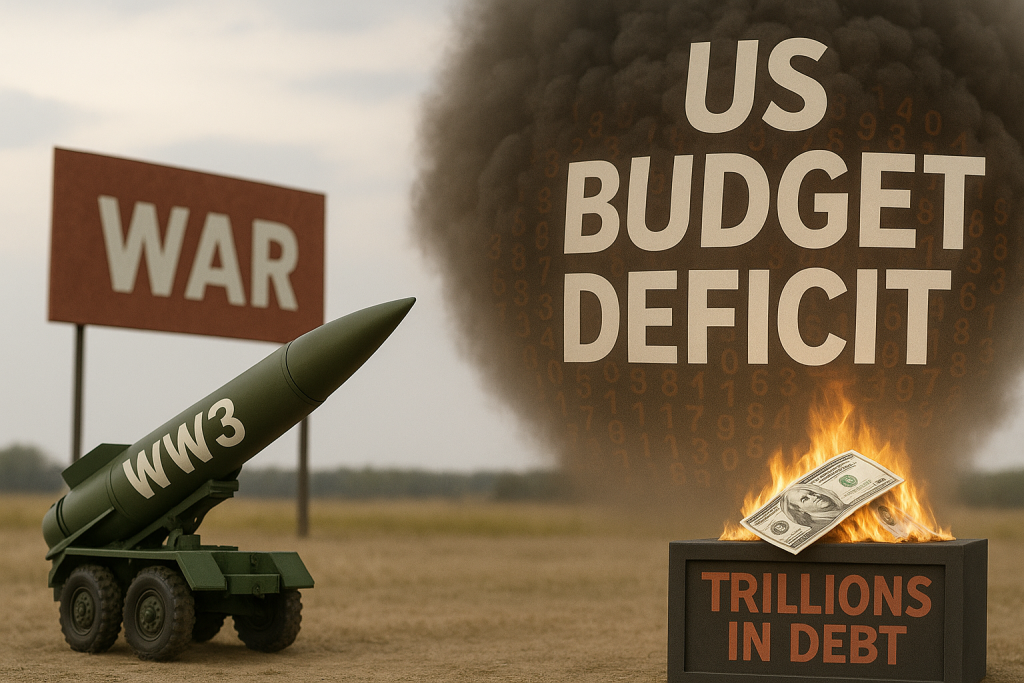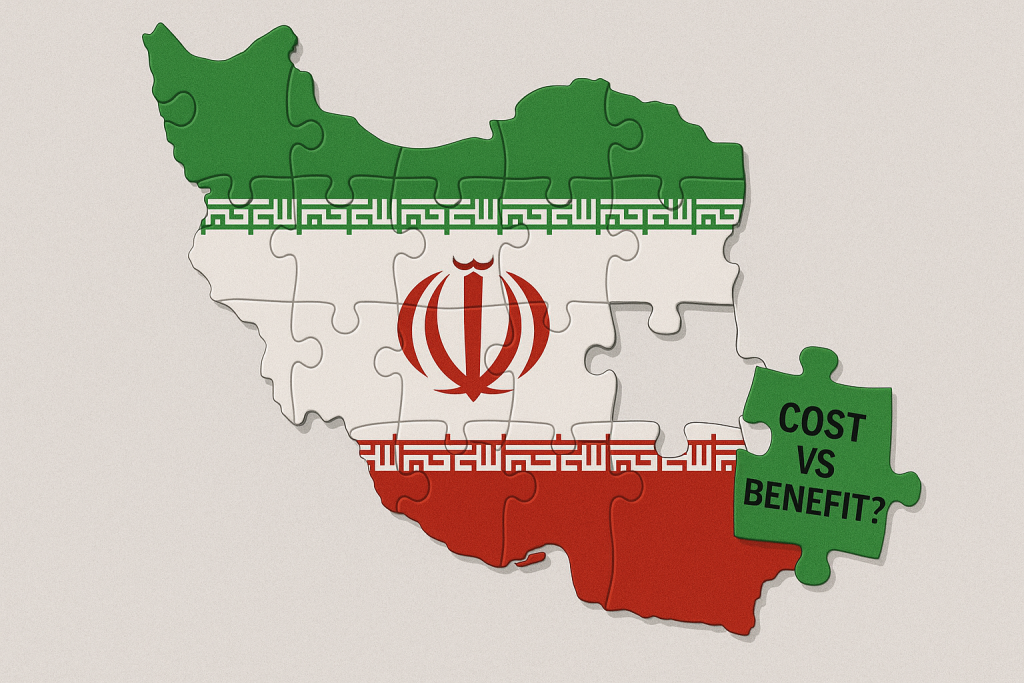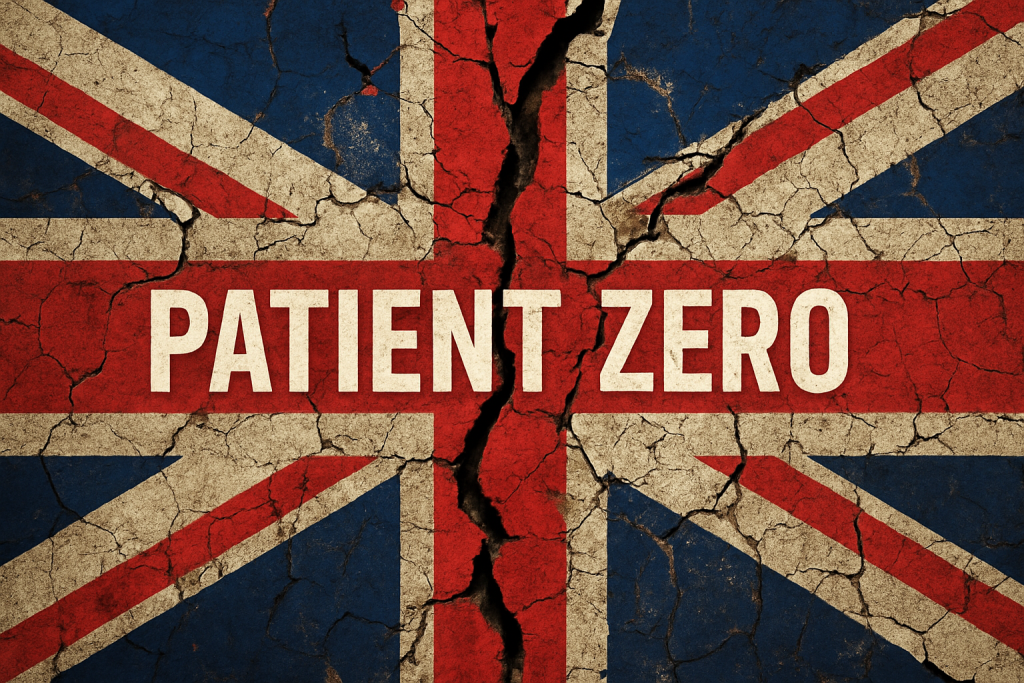March 29, 2010
Mexico City, Mexico
I was reading some US government propaganda disguised as educational literature the other day, something from the Treasury Department and Federal Reserve… it’s the sort of corrupt dogma is typically used to instill blind and unquestioning faith in a defunct money system.
Laughably, I noted the following passage from the Philadelphia Fed’s “Money in Motion,” intended for children aged 11-14:
“For money to be useful it must function as a unit of account, store of value, and a medium of exchange. To be a good medium of exchange, money must also be portable, divisible, durable, scarce, acceptable, and stable in value.”
In my imagination I see Comrade Bernanke leading a group of America’s youth on a guided tour of the Federal Reserve, reading aloud from this text as he explains the natural of the Federal Reserve System.
“Yes, that’s right. Scarce. As in, cannot be conjured out of thin air. Now please excuse me, children, I need to go buy $30 billion worth of Treasury securities.”
It is for this reason that I really have a difficult time getting behind bonds, particularly US Treasury securities.
In fact, there is a fundamental question that any serious investor must ask: given the government’s massive deficit spending and printing spree, does it possibly make sense to loan this bureaucracy money for 30-years at 4.75%?
Before dismissing the concept altogether on instinct alone, the idea is at least worth exploring. Consider that there are essentially two ways to make money, i.e. generate a positive inflation-adjusted return on a 30-year bond investment:
First, the investment would be reasonably sound if the US government does not default on its payment obligations, and if the rate of inflation stays below the 4.75% yield for the duration of the bond’s term.
Unless a massive fiscal restructuring occurs soon, it certainly seems doubtful that the federal government would be able to make good on all of its payments for 30-years.
On its current path, the US will eventually be obliged to spend the preponderance of its cash on interest payments, all before buying a single cruise missile or bridge to nowhere.
Given the political no-brainer of having to choose between paying the ‘Chinese,’ or providing for America’s common defense, America’s politicians will clearly choose to default… at least to foreigners that will be branded the new axis of economic evil.
Additionally, the prospect of inflation not spiking beyond 4.75% for the next 30-years also seems quite dismal. Based on the fiscal hole that will need to be plugged, there are few realistic options beyond inflating the currency and higher taxes.
Higher taxes are like steroids for prices– they experience massive growth, practically overnight. And it absolutely will happen… when people like Bill Gates, Sr. say things like “society has a just claim on these fortunes,” in regards to estate taxes, you can bet on higher taxes.
So, effectively, an investment in 30-year bonds does not appear to be sound since there is significant likelihood of the government defaulting and/or inflation spiking beyond 4.75%.
The other way to make money on bonds is if the value of the bond increases; this would typically happen if future interest rates will be lower than today.
Needless to say, as interest rates are at historic lows, the likelihood that future rates will be even lower is negligible.
The best scenario one could hope for is that interest rates will stay at current levels for the long-term… though the prospect of sustained historic lows for three full decades certainly seems unlikely.
What seems more likely is that rates will eventually move higher, in line with their historical averages. Since 1980, the 30-year has yielded 7.80% on average. If this occurs again, the market value of today’s 30-year bonds will fall substantially.
Overall, given the prospect of inflation, default, and declining value, US long-term bonds are clearly financial folly, especially when one considers the risk-adjusted, inflation-adjusted return. There’s less risk in stuffing it under your mattress.
Finally, it’s worth noting that, since December, the 30-year yield has been quite volatile. Just in the last week, the yield has risen 20 basis points, which is not insignificant.
Former Fed Chairman Alan Greenspan recently called this a ‘canary in the coalmine,’ suggesting that the rapid rise in yields indicates the market’s intense concern for the growing federal debt.
Clearly, Greenspan has an agenda. He’s doing his best to shape a historical legacy that doesn’t blame him for the current economic mess… which is completely laughable. Regardless, though, he’s probably right on the money about the treasury yields.
It’s possible (and likely) that another panic will send investors rushing back into the perceived ‘safety’ of bonds, pushing yields down and bond prices up. This would be a short-term anomaly, though, and mostly affect the 12-month and 2-year notes much more than the 30-year bond.
Overall, I’m short 30-year debt, and I think this is long-term low-hanging fruit. There are a variety of ways to play this, which I can discuss in future letters if you’d like.

